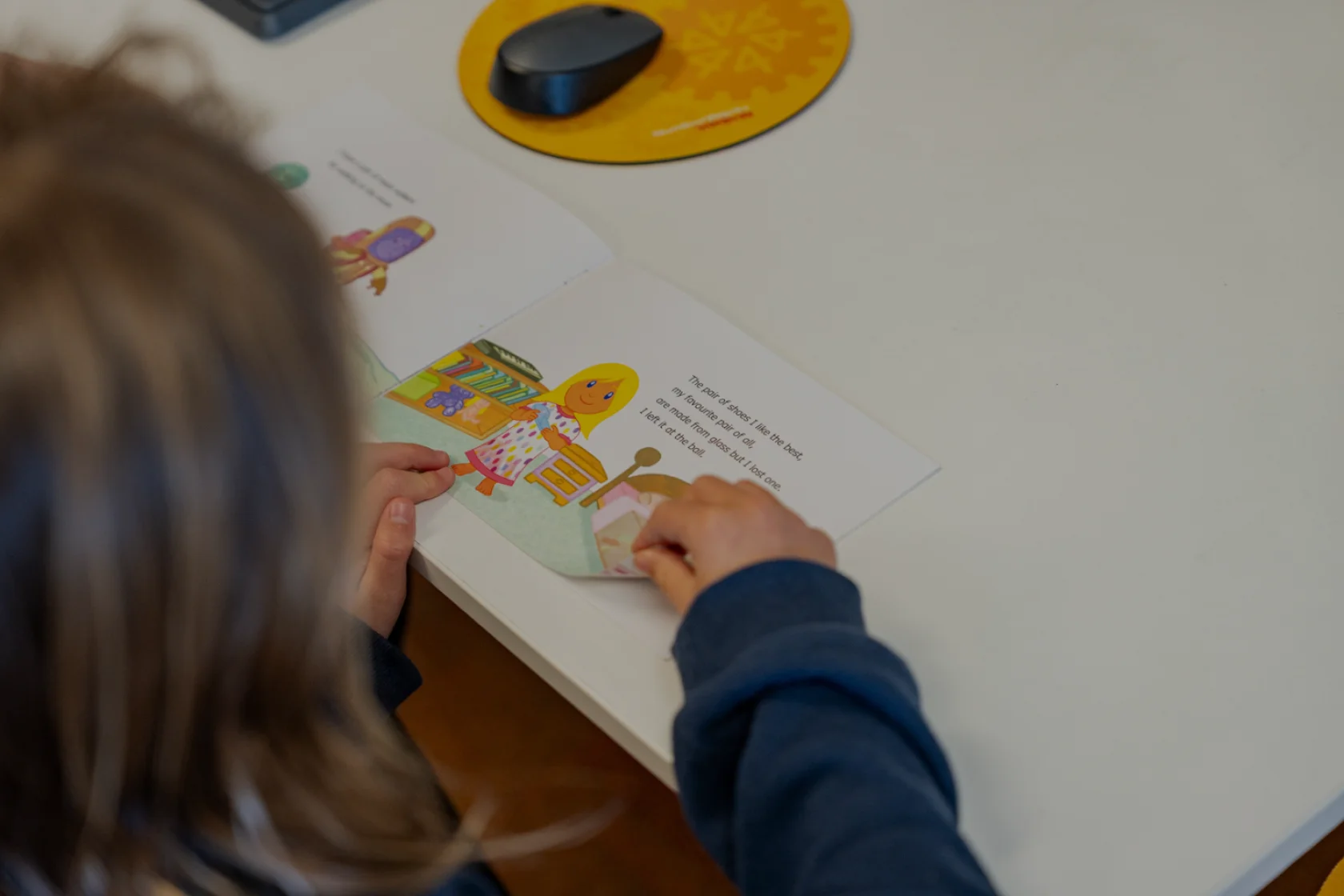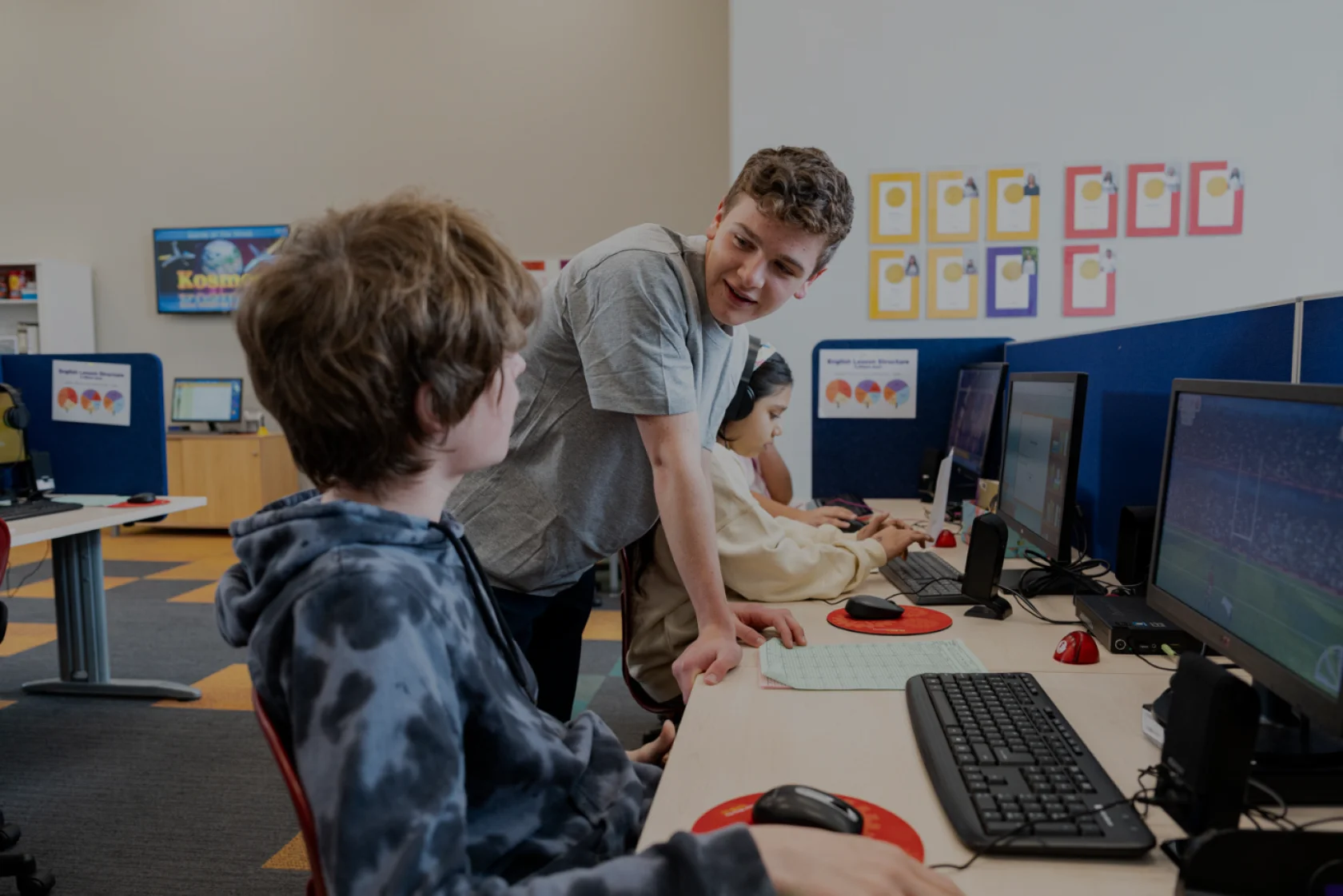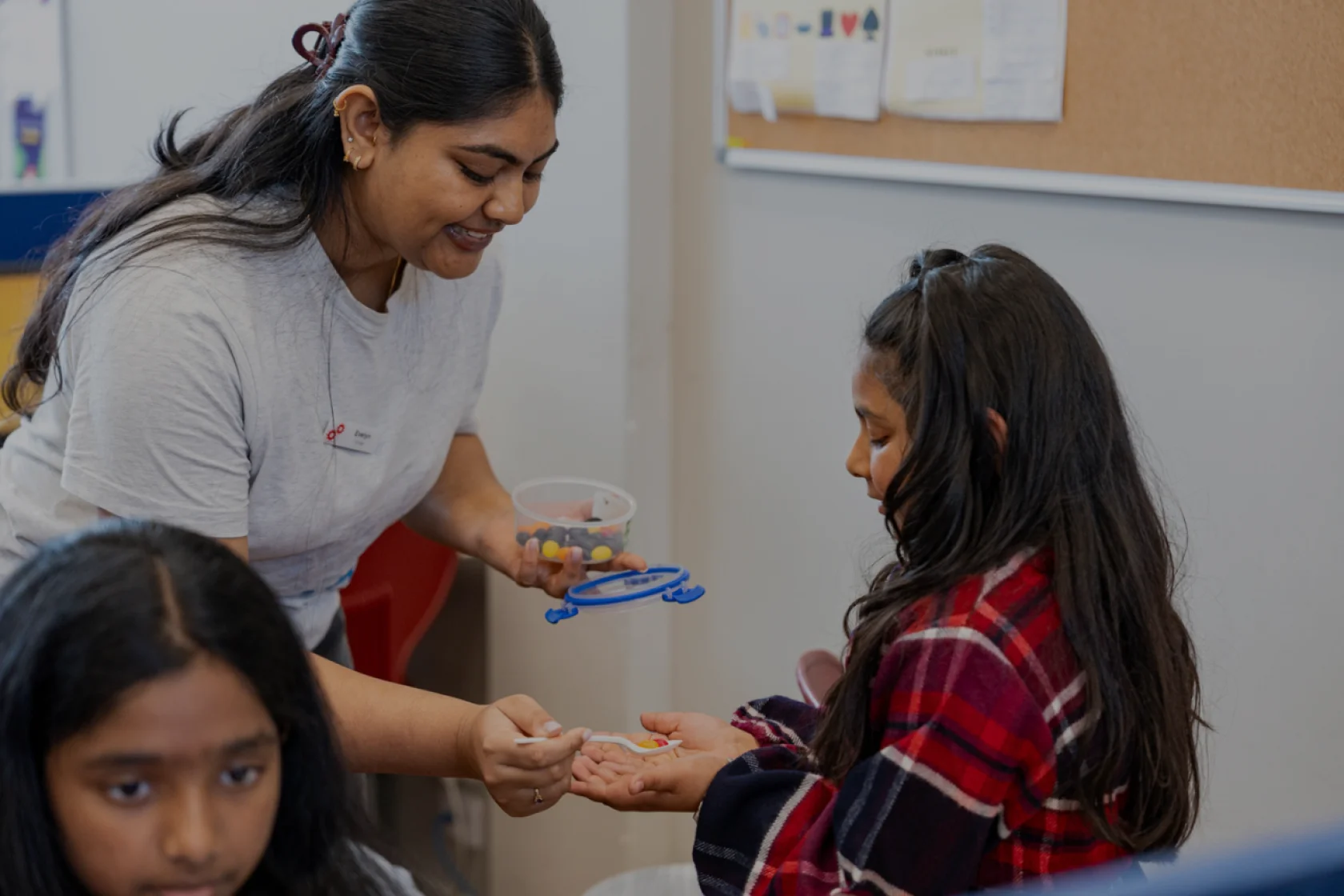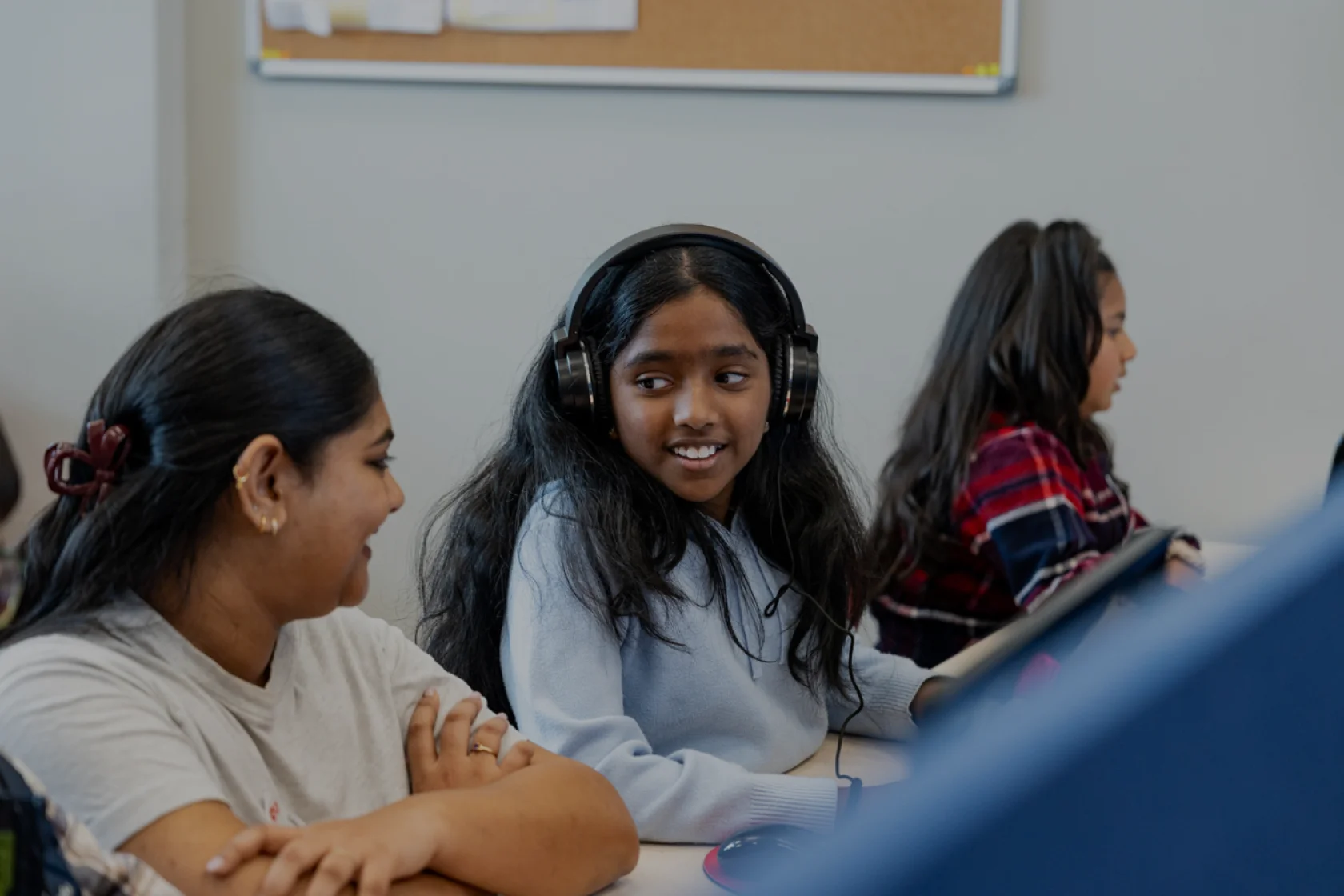10/15/2025
Spooktacular Storytelling this Halloween
Halloween is a magical time filled with costumes, lollies, and a touch of spooky excitement. It’s also the perfect opportunity to inspire your child’s imagination and encourage them to write their own Halloween stories. Whether it’s a ghostly adventure, a mysterious costume mishap, or a thrilling trick-or-treat quest, storytelling can transform the excitement of Halloween into a creative and memorable experience.
Here are some ideas to help guide your child as they begin to craft stories that capture the spirit of Halloween.
Using Costumes to Spark Creativity
Costumes are often a child’s favourite part of Halloween. Whether they choose to be a witch, a vampire, a ghost, or something entirely unique, their costume can be the perfect starting point for a story. Ask your child questions such as: What would happen if your costume came to life? Or what magical powers might your character have?
For example, your child could imagine a story where their witch’s hat grants them special abilities only on Halloween night, or where a superhero costume turns them into a real hero in their neighbourhood. Encouraging your child to think about their costume in this way helps bring their imagination to life.
You might also consider making this a family activity. Everyone could share the stories behind their costumes, creating a fun atmosphere that encourages creativity and makes storytelling feel like a natural part of the celebration.
Favourite Trick-or-Treat Houses as Story Settings
The places your child visits on Halloween can also inspire vivid stories. Perhaps there’s a particular house in your neighbourhood that your child loves to visit because it is especially spooky or beautifully decorated. Or maybe there’s a house at the end of the street that seems mysterious or even a little eerie.
Encourage your child to describe their favourite trick-or-treat house in detail. What does it look like? What sounds can they hear? Are there any unusual smells or decorations? Could there be a friendly ghost who hands out extra lollies or a secret passage hidden behind a door? These sensory details help bring stories to life and develop your child’s descriptive writing skills.
If your child enjoys imagining, invite them to create a completely new house — perhaps one that only appears on Halloween night, with magical or spooky surprises inside.
Drawing Inspiration from Spooky Stories and Movies
Reading Halloween-themed books or watching age-appropriate films together can also be a great way to inspire your child’s storytelling. Classics like Room on the Broom by Julia Donaldson or The Little Old Lady Who Was Not Afraid of Anything by Linda Williams offer fun, gentle spookiness that is perfect for younger children. Older children might enjoy titles such as Coraline or The Graveyard Book by Neil Gaiman, which provide thrilling stories that are still suitable for younger readers.
Films like Hocus Pocus or Casper are popular choices for family movie nights and offer a wonderful mix of humour and light scares. After reading or watching, take time to talk about what your child enjoyed most. Ask questions like: What would you do if you were in that story? Or how might you change the ending? These conversations encourage deeper thinking and can help your child develop their own ideas.
Making Storytelling Fun and Accessible
Writing stories might feel overwhelming for some children, especially if they are not used to it. Here are some ways to keep the process enjoyable and approachable:
Begin with drawings: If your child enjoys drawing, invite them to illustrate their story ideas first. Writing can then follow naturally as they describe their pictures.
Offer story starters: Provide simple prompts such as, On Halloween night, my costume suddenly... or When I knocked on the spookiest door, I found... to help spark ideas.
Keep stories short: Encourage your child to write short paragraphs or just a few sentences. The focus should be on creativity, not length.
Celebrate all efforts: Praise your child’s work, no matter the length or style. Reading their stories aloud or keeping them in a special book can motivate them to continue writing.
Building a Family Tradition
Writing Halloween stories can become a lovely family tradition. Each year, your child can add new tales to their own “Halloween Stories” collection and see their creativity grow over time. You might even share these stories with relatives or friends, creating a fun exchange that adds to the excitement of the season.
This tradition not only helps develop writing skills but also brings extra meaning to Halloween in your home, turning it into a time for storytelling, imagination, and family connection.
Story Starters to Try
Here are some story starters to encourage your child’s imagination:
I heard a whisper coming from the costume box...
The black cat on our porch wasn’t really a cat...
At the end of our street, there is a house that only appears on Halloween...
Try choosing one together and see what spooky, silly or magical tales you can create.
Conclusion
This Halloween, while you are getting costumes ready or sorting lollies, take a moment to welcome your child into the world of storytelling. With costumes, favourite houses, spooky tales, and a dash of imagination, you can help them craft stories as memorable as the night itself. After all, the real magic of Halloween is found not just in tricks and treats but in the stories we share.



